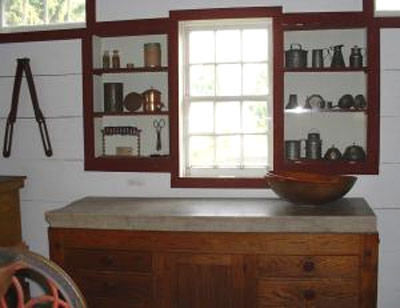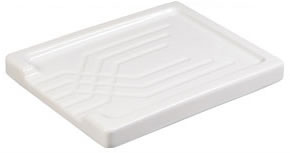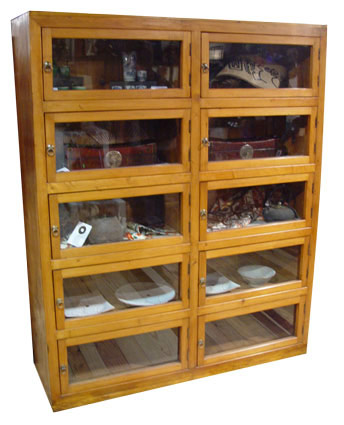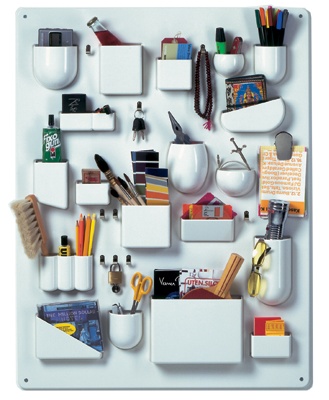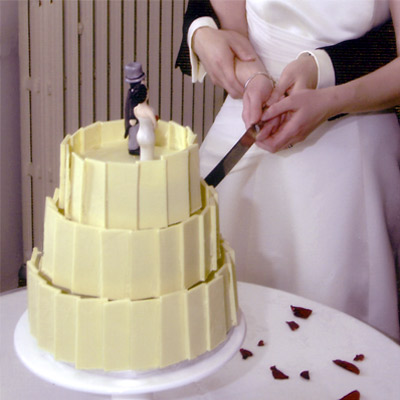Pâte sucrée (sweet pastry dough)
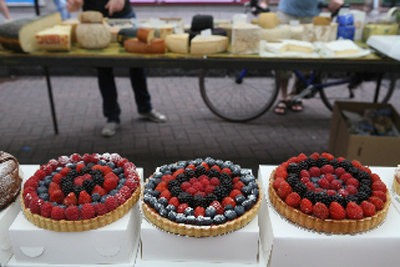
(The other week, a photographer called Gideon came by my stall to take some pictures for a picture library. What was really nice was that he has sent me the pictures, like he promised to! – So refreshing, coz I’ve had so many photographers promising to send me a print, but then never do so… – Here’s one that I especially liked!)
.
x … x … x … x … x … x … x … x … x … x … x … x … x … x … x … x …
.
This week, it’s about the tart dough I make every week.
.
Like all the recipes on my blog, it’s tried & tested – I can confidently say that it works & it’s the best. It’s actually tasty & flavourful, you can happily eat it on its own, – not like a bland tart casing that gets forked to the side of the plate with dissapointment.
.
(O.M.G, I’ve come across sooo many unappetizing tart cases in cafes & restaurants, you wonder why you’ve bothered paying your hard-earned money for such a boring tart!
.
And has anyone noticed that many of these establishments are now using ‘ready-made’ empty tartelette shells they buy in bulk from the catering wholesalers? When I was in Bond Street a couple of weeks ago, I had the time to wonder in to a reputable department store there, & as I do, I check their basement cafe, hoping for quality inspiration, & was bitterly dissapointed that the fruit tarts they had on display were using the ‘ready-made tart shells’! With a more than worthy price tag nevertheless! The cheek! £3.75 for a factory made, poorly made, puny fruit tart anyone?
.
It reminds me a bit of that chef off the telly who keeps using ready-made sponge flan bases from the supermarket in his desserts – honestly, why use inferior products with additives & god knows what else in it, & spoil the taste of the dessert you’ve been slaving on?? It really angers me when I see such products advocated. I think the guy is missing the point of “fine pastry making”…)
.
x … x … x … x … x … x … x … x … x … x … x … x … x … x … x … x …
.
Pâte Sucrée:
Pronounced “paht sou-kray”, the texture of pâte sucrée is crisp & crumbly like cookies such as shortbread. The taste is buttery rich, but not overly sweet like what the name suggests. It can be used to make sweet tarts & as a thin sheet under mousse. The left over can become delicious cookies that children would love cutting shapes from. Pâte sucrée is known as a ‘short’ dough, because of its high fat content to flour.
.
Please note, my recipe is a little different compared to the classic Pâte Sucrée recipes around, as it uses some almond powder in it. I think that’s what makes this pastry dough especially flavourful!
.
Pâte Sucrée Recipe:
(To make enough dough for a 8 inch/ 20cm tart)
Ingredients:
Unsalted butter at room temperature … 55 grams
Castor sugar … 32 grams
Eggs … 20 grams
Almond powder … 15 grams
Plain flour … 100 grams
.
- 1. Place the room teperature butter in a deep mixing bowl (so that it doesn’t spit everywhere when you’re whisking).
- 2. Cream the butter using a whisk or an electric mixer, beat it till it is ‘creamy’ soft, smooth & light from incorporating the air.
- 3. Mix in the sugar.
- 4. Add the eggs bit by bit & whisk it all in.
- 5. Then mix in the almond powder.
- 6. Next, in goes the flour. Using a spatula, mix it all in by pushing it against the bowl. Or do what I do, which is to wear food gloves & get in there with your hands. It’s so much quicker to do it like that when you have a large quantity like I do.
- 7. Pat it in to one big mound, & clingfilm it tight.
- 8. Refrigerate overnight.
- 9. When time has come for you to roll it, first prepare a lightly floured clean surface (I use a lightly floured silpat).
- 10. Get your chunk of chilled pastry dough in the middle.
- 11. Lightly flour the rolling pin & roll firmly in one direction only, then turn it 90 degrees and roll again. Repeat until desired thickness. Never ‘stretch’ it by hand as this would cause the tart to shrink in the oven!
- 12. Once the pastry circle is larger than the size of the tin, roll the sheet of pastry around your rolling pin & lift it up.
- 13. Gently lower it on to your tin. Unroll.
- 14. Using your fingertips, take the edge of the pastry & ease it in to the sides.
- 15. Roll the rolling pin across the top to cut the excess pastry off.
- 16. Put the tin in the refrigerator to rest for atleast 30 minutes before baking.
.
x … x … x … x … x … x … x … x … x … x … x … x … x … x … x … x …
.
Top Tips:
- Do not over mix. It produces gluten & make the dough tougher.
- Try to work quickly, minimizing the amount you’re handling it.
- Work in a cool room. You don’t want the butter to melt in the dough.
- I wear food gloves. Not only is it hygienic, my warm hands won’t be in contact with the dough.
- Pick the surface with fork if you’re blind baking.
- Be absolutely precise with the measurements. if not, you’d either end up with sticky wet dough, or a crumbly dry dough! I always use a digital scale.
- If the dough becomes too soft while you are rolling, re-chill for a while until it’s manageable again. Adding more flour to it to make it firm is a definate no-no. It’ll unbalance the carefully considered measurements.
- And remember, prepare in advance! You need to rest the dough in the fridge for a whole night to let the gluten relax. It’s to make the dough workable & to prevent shrinkage. And when you’ve rolled it on to a tart tin, you need to put the tins back in the fridge for 30 minutes atleast – again to prevent shrinkage.
.
x … x … x … x … x … x … x … x … x … x … x … x … x … x … x … x …


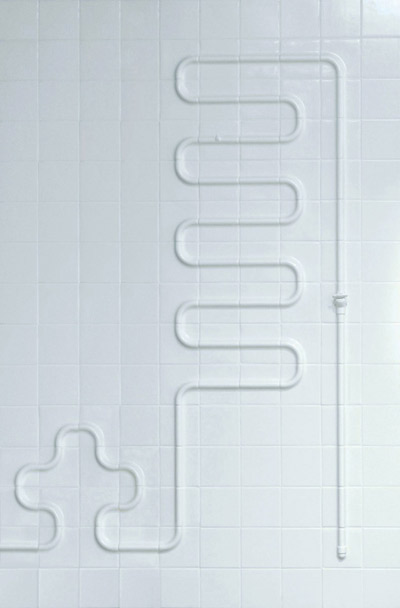 (Covertiles from
(Covertiles from 